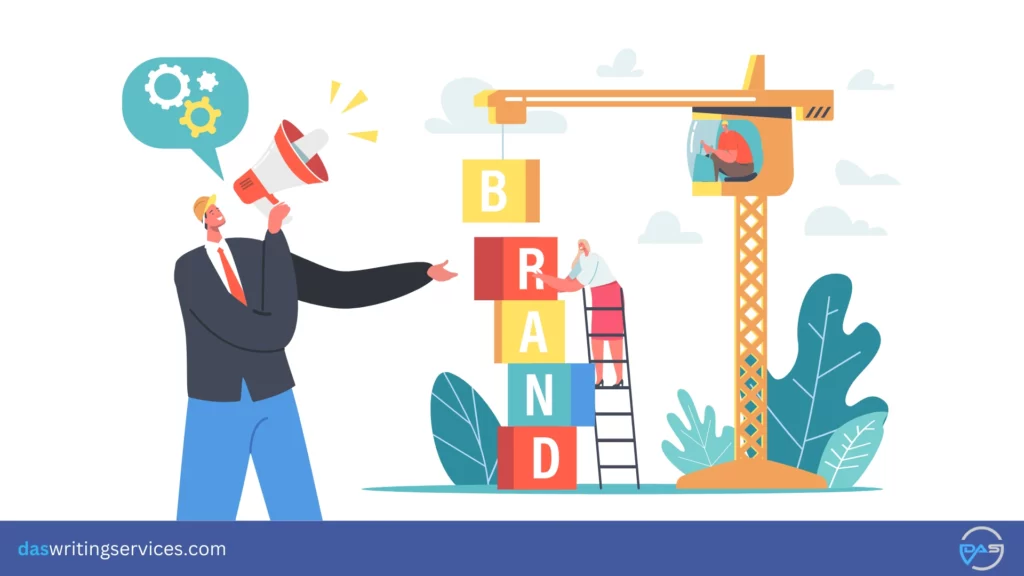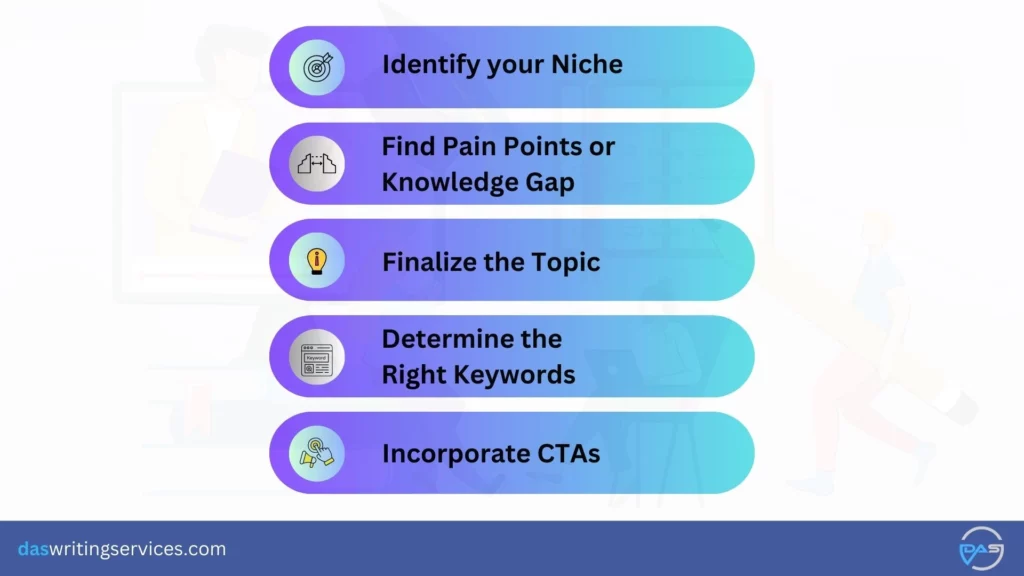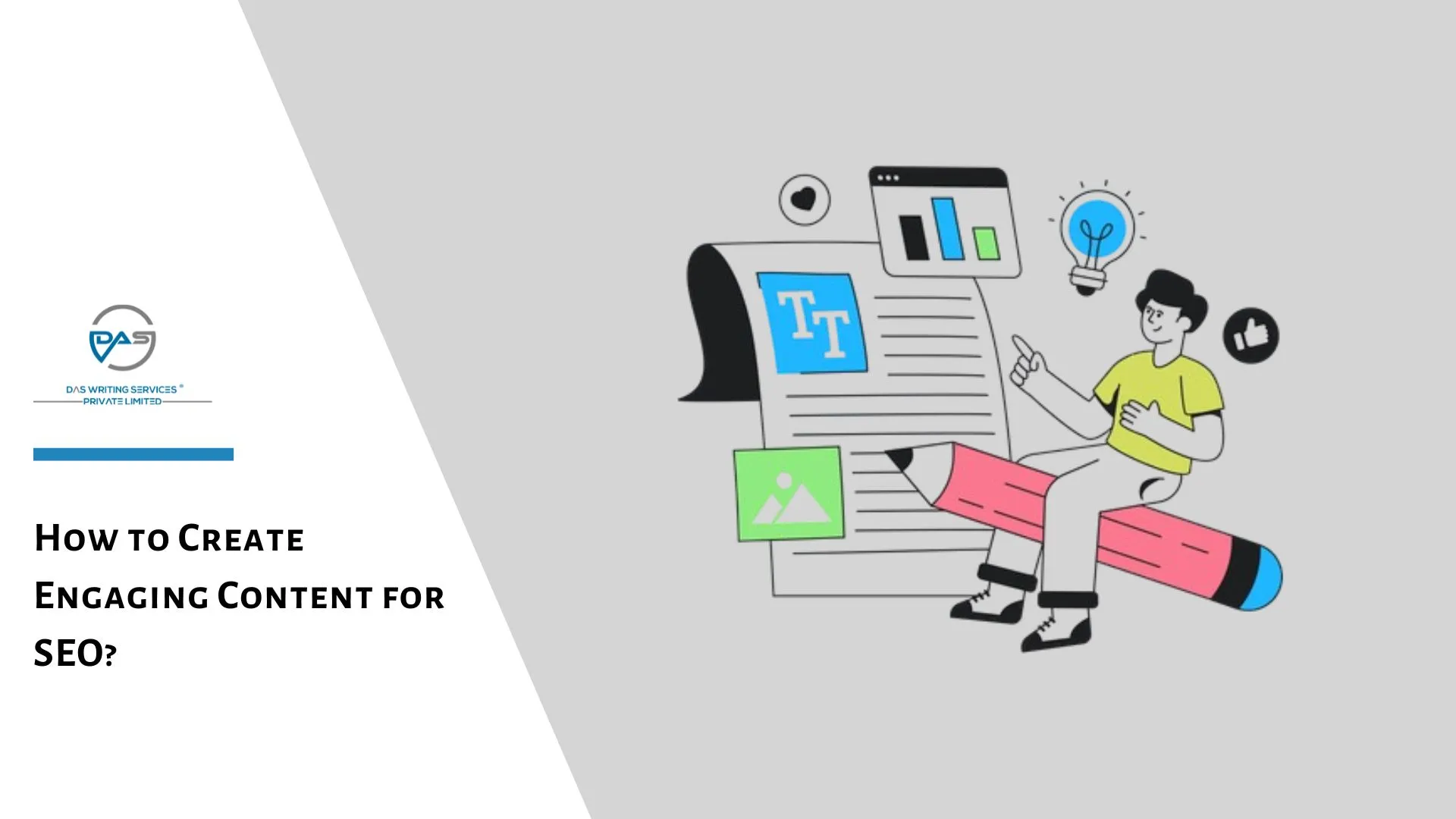In the time of being constantly and perpetually connected, content is everywhere. Rather the most appropriate expression would be – everything is content. From tips to cook the perfect spaghetti to POV parkour videos, micro content or short format videos are everywhere.
And if you too find yourself doom scrolling through reels and shorts now and then, then you would know what I am talking about. Each alternate short videos try to teach you something, whether to tie creative knots or to create liquid caramel by melting caramel candies. Spoiler alert, the last one does not work!
Anyway, the point is, educational content are everywhere, whether you care for them or not, every other creator is looking to grab the opportunity across different formats and channels. But why?
This blog is going to probe into the idea why educational content seems to be everywhere and how you too can create engaging content for your b2b venture.
Why Teaching & Educational Content are Everywhere
There is an immense power of educational content online. It allows organizations and businesses to share quality information with their audience and position itself as a leading player in the industry.
To top it off, content that promises to teach something tends to have 3x engagement than general informative and educational content.
So, it emerges as a win-win kind of situation for both the end consumers as well as the businesses and content creators. Here are all the other benefits of creating educational content.
1. Sustainable Engagement
Periodic publication of effective educational articles and newsletters are one of the useful ways to keep your audience engaged in your website.
Whether you are giving life advices or offering DIY hacks – there are examples of various types of content that have been proven to ensure greater engagement on an average.
For instance, listicle articles tend to record 2.7x increased user session time compared to general informative blogs and articles.
2. Claims Thought Leadership

While you can create virtually any kind of content, whether it is a video content or a how-to blog, educational content marketing strategies tend to have more impact on the market. You see, when you are able to educate people on a particular niche, the target group will hold you in higher esteem than rest of the players in the industry.
This helps to drive continuous traffic to the website. Also, in a market saturated with competitors, thought leadership is the key that sets you apart from the crowd.
3. Supports Individual’s Self-Growth
So, educational content creation is beneficial for the creators since it complements the consumer journey through the funnel. By promoting knowledge and education for the audience, businesses can help people make informed decisions.
Down the line, this complementary relationship between the brand and its audience builds long term brand association. It makes the user feel empowered and encourages personal growth through knowledge.
4. Improves Brand Awareness

Pretty much goes without saying that quality educational content can be the north star that drives the growth of a business and helps it scale across different markets.
One of the basic advantages of content marketing over other marketing channels is its approach. Instead of other marketing tools such as ads, here, the user naturally discovers your brand – thus improving quality of awareness.
5. Easy to Access
India has the second highest number of smartphone users in the world. For such a considerable size of users, online educational resources are easier to access and most convenient. This justifies the popularity of web content on the internet.
By covering the right set of topics that align with your business goals, you can not only tap into the vast consumer base but also retain them with your value.
6. Allows Versatility
When it comes to the teaching and learning, online educational material have been instrumental in redifining learning styles. While traditional instructional material focuses on straightforward textual explanations, educational content on the internet incorporates interactive elements – making it engaging and easy to understand.
Short form video or micro content has allowed educators to create different types of educational content. Whether it is about using animation to explain physics or live laboratory based chemistry experiments, digital content has allowed greater flexibility and autonomy for creators to engage with their audience.
7. Practical over Theory
With the enhanced algorithms of Google and social media platforms, quality content creation is now the default norm for webmasters and creators. This leads to high quality content from industry leaders.
Great educational material are those that offer practical insights over bookish information. For instance, if you are looking for academic resources, the internet is full of quality material from Harvard or Princeton. Similarly, for industry related insights, you can access the best case studies from market leaders like Cisco or PwC.
This has promoted a culture of pragmatic, hands-on approach to educating which resonates better with the audience.
How to Create Educational Content: A Nifty Guide for Businesses

Since there are so many benefits of using educational content, brands are nowadays jumping the gun to create them. And as many b2b marketers would agree, great content marketing campaigns begin with a genuine effort to bridge the knowledge gap of the consumers about any product or service.
So, here is a step by step guide to developing educational content for your business.
Step 1: Identify your Niche
It may feel like a no-brainer but it often confuses the beginners. As a result, one might allocate in content marketing a hefty budget without proper planning. Don’t be that guy!
First, find out what your target audience is into. For instance, if you are offering network products and solutions, then your target group can feel benefitted from content like pc accessories, how to guides about setting up networking protocols.
Step 2: Find Pain Points or Knowledge Gap
A common feature of thought leaders across different industries are that they are able to solve the problems of their audience. Put yourself into the shoes of your users to find out what they are looking for and create relevant content against it.
For instance, people looking for consumer electronics may often have to navigate through paid reviews and articles as opposed to genuine information. For such an industry, creating genuine knowledge may offer a genuine source of information for the users.
Step 3: Finalize the Topic
Once you have an idea as to what type of problems you would like to solve, you can proceed to finalize the topic for your content. It has to be something relevant, topical as well as associated with your domain of interest. For instance, we wrote a blog comparing human writers and AI generated content.
The topic was an extremely relevant and pertinent for the time where there was much uncertainty regarding responsible usage of AI. It not only addressed a pressing contemporary concern but also served as the guiding light for decision makers to make informed decisions about content marketing.
Step 4: Determine the Right Keywords
So, have we locked in on a topic? Brilliant, now let’s move on to the technicalities of it. Search for the topic on the SERP followed by Semrush or other keyword research tools. Make a list of all the keywords you find relevant for the topic. Choose the keywords with considerable search volumes and identify the highest volume keyword as the primary keyword. The rest can go as the secondary keywords.
Step 5: Incorporate CTAs
One of the fundamentals of creating an impactful educational content strategy is to use enough visuals and interactive elements in the content. While graphs and infographics can be a crucial part of engaging the users, it ultimately boils down if all these efforts are leading to something.
In order to ensure that all these efforts at creating content is not squandered away without ROI – incorporate a few CTAs and lead magnets across the content. It allows the reader to take some kind of an action on the page, thus increasing their session time. In turn, this helps to improve the engagement of your content-led digital marketing campaign.
Takeaway
While writing educational website content it is increasingly important to maintain a balance of adherence to SEO requirements as well as to keep in mind the interests of the target audience. Ultimately, it is the people-first approach that rewards a content by placing it on top of the SERP.
FAQs About Educational Content
1. Why post educational content?
Any content that helps users learn something or solve some kind of problem helps instill trust and credibility among the target audience. Blogs and thought leadership content are common examples of educational content that address user pain points and boosts brand credibility.
2. Why is learning content important?
Learning content offers users the necessary information to stay updated with industry information and acquire new skills for self development.
3. Why do we use content?
Content is one of the proven ways to communicate with your target audience without being directly promotional. It establishes brand awareness and promotes long-term consumer loyalty.

Ritish Dutta is a seasoned Content Developer with over 7 years of experience in the industry. Currently, at Das Writing Services, he writes SEO-optimized content that caters to our diverse clientele. Ritish utilizes his critical insights and experience to talk about digital marketing, SEO content writing, content strategy, and AI.




Leave a comment
All comments
Stella D. Molina
I couldn't stop scrolling and reading, your content is truly one-of-a-kind. Thank you for all the time and effort you put into creating such amazing content.